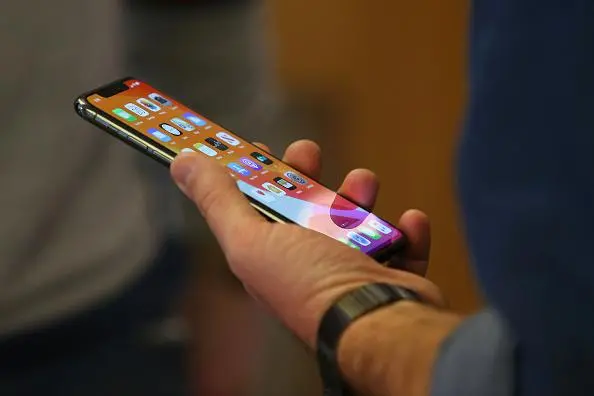PHOTO
The National Telecom Regulatory Authority (NTRA) has approved the $1.1bn worth new frequencies presented for mobile companies working in the Egyptian market.
The approval was given to the final results of the process for introducing and allocating new frequency bands with a width of 2×40 MHz in the 2,600 Time Division Duplex (TDD) frequency space. The frequencies will be offered to companies licensed to provide mobile services in Egypt.
The approval was the result of the October 2020 IPO that took place in two phases, the first of which will be available with a width of 2 x 20 MHz with TDD technology, which was won by Vodafone Egypt with a value of $540m. The second band in the same phase, 2 10 MHz using TDD technology, was won by Telecom Egypt (TE) at a value of $305m.
The second phase for the remaining bandwidth, with a width of 2 x 10 MHz using TDD technology, which the other two companies submitted their offer for was won by Etisalat Misr, with a value of $32m. As a result, the total value of the IPO stands at $1.17bn for all bands (240 x MHz at 2,600 MHz).
NTRA has, for the first time, used TDD technology in the Egyptian market, which relies on uploading and downloading data in a single frequency band. This occurs with time sharing between them, instead of using FDD (Frequently Division Duplex) technology, which relies on double separation between transmission and reception.
This maximises the efficient use of the frequency spectrum in data transfers, in terms of speeds and capacities and contributes significantly to raising the quality of services provided to users.
At an organisational level, also for the first time, the NTRA has also introduced these frequency bands to all mobile phone companies with the closed bid system. The winner is the highest bidder among the companies competing for the same offering, taking into account a price reduction for the larger range.
This is due to additional investment requirements in infrastructure. It has helped maximise the states revenues from allocating these important resources, as this was in line with international practices.
This comes as part of NTRAs comprehensive plan to improve the quality of telecommunications services provided to Egyptians. The authority undertook the operations of launching new frequencies, coupled with setting new standards for telecommunications services provided in the Egyptian market, including voice services and data transmission.
This is in line with the generally accepted international specifications and standards, the recommendations of the International Telecommunication Union (ITU), the recommendations of the European Telecommunication Standardization Institute (ETSI), and other relevant international standards.
The offering operations also come in light of the NTRAs assuming its supervisory and regulatory role for Egypts telecommunications sector, in accordance with the provisions of Law No 10 of 2003 issuing the Telecommunications Regulatory Law.
The authority has also assumed the dissemination of all communications services in a manner that keeps pace with the latest technologies, to help raise the quality of communications services provided to citizens. At the same time, it will maximise the returns from the state’s resources used in the communications and information technology (CIT) sector.
NTRAs Executive President Hossam El-Gamal said that these new proposals, and the new technologies used in them, are expected to stimulate mobile phone service providers to make new investments. These will go towards developing and upgrading the infrastructure of mobile networks.
This will also lead to improving the quality of communications services provided, whilst raising the degree of these networks readiness to provide future telecommunications and information technology services. It will take into account international quality standards, in line with the country’s strategy to support digital transformation.
2020 Daily News Egypt. Provided by SyndiGate Media Inc. (Syndigate.info).












